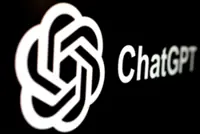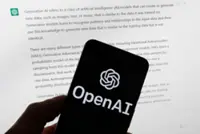IF ChatGPT were a painter in the 19th century, it would not have been able to produce The Starry Night or Sunflowers because Vincent Van Gogh used an art style unknown at the time – an impressionist and post-impressionist style that altered art history. Before a style is invented or becomes known, there is no way for ChatGPT to “learn” from it.I can understand how people of his era might have found Van Gogh’s works to be less than perfect according to their definitions of perfection; however, in his paintings, the bold colours and expressive, often symbolic, images themselves represent genuine imperfection that is much more affecting than syntactic perfection.
Van Gogh described his aim best: “I want to touch people with my art. I want them to say ‘he feels deeply, he feels tenderly’.” Like in The Starry Night, he showed us the way out of darkness and into the light; he showed us how we could transform our pain into something beautiful. Isn’t this – empathy in a story of a human, by a human, for a human – what we all need today?We live in such challenging times: Covid-19 has killed seven million people globally; the earthquakes in Turkiye and Syria have killed 50,000 people with numbers still rising; the Russia-Ukraine war has led to the deaths of at least 200,000 people; the United States-China trade war has affected the global economy; recession is on our doorstep with some 60,000 jobs expected to be lost this year. And that’s not all. We just became an ageing nation. By 2044, we will be a fully aged society with at least 14% of us aged 65 and over, which comes with challenges such as lower productivity, and higher labour and healthcare costs.This new world needs a new mindset. Universities, technology and people must come together across all disciplines to address problems facing the world today.





